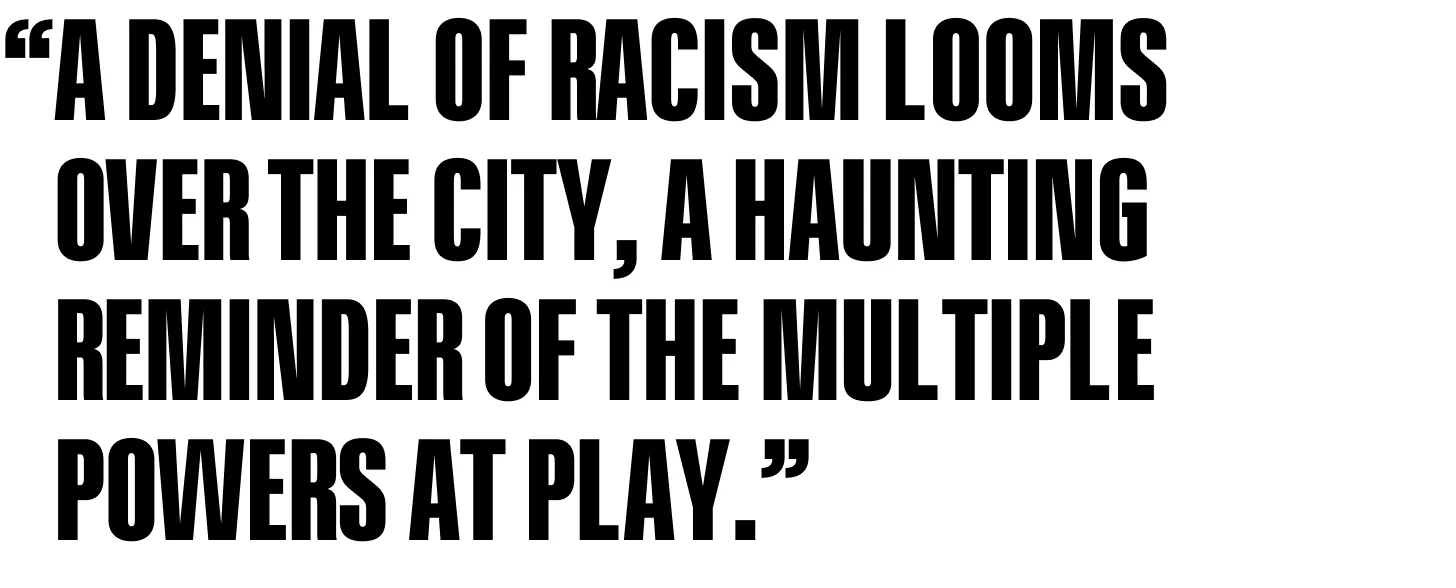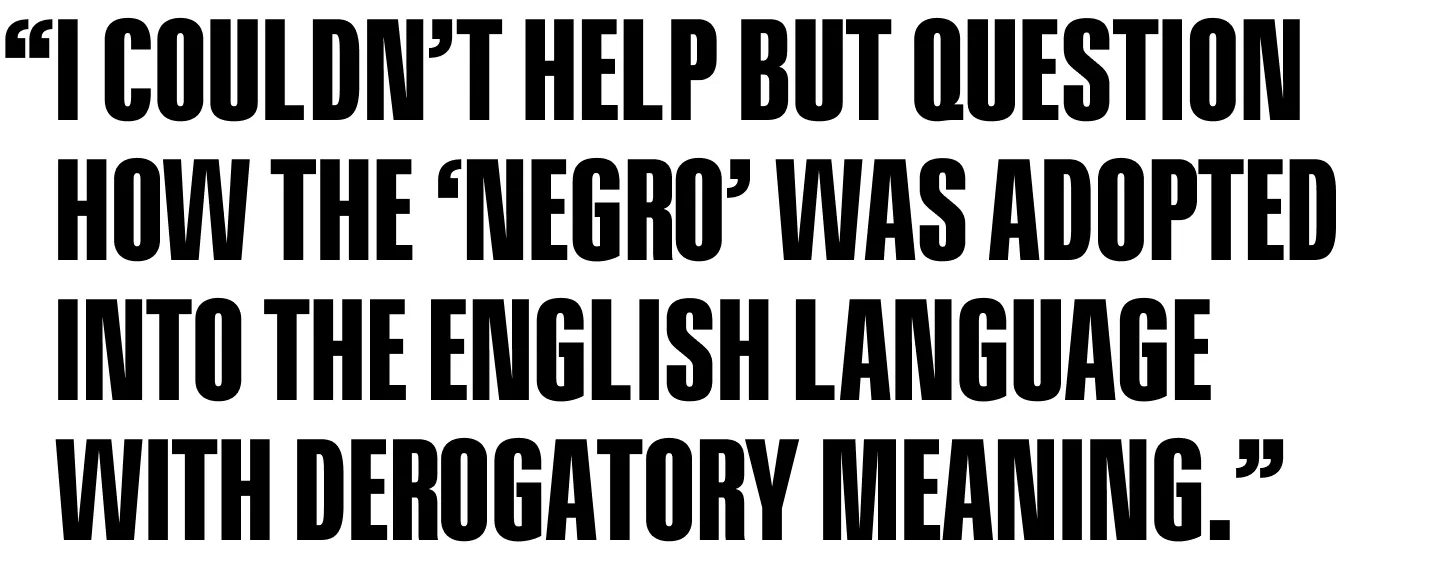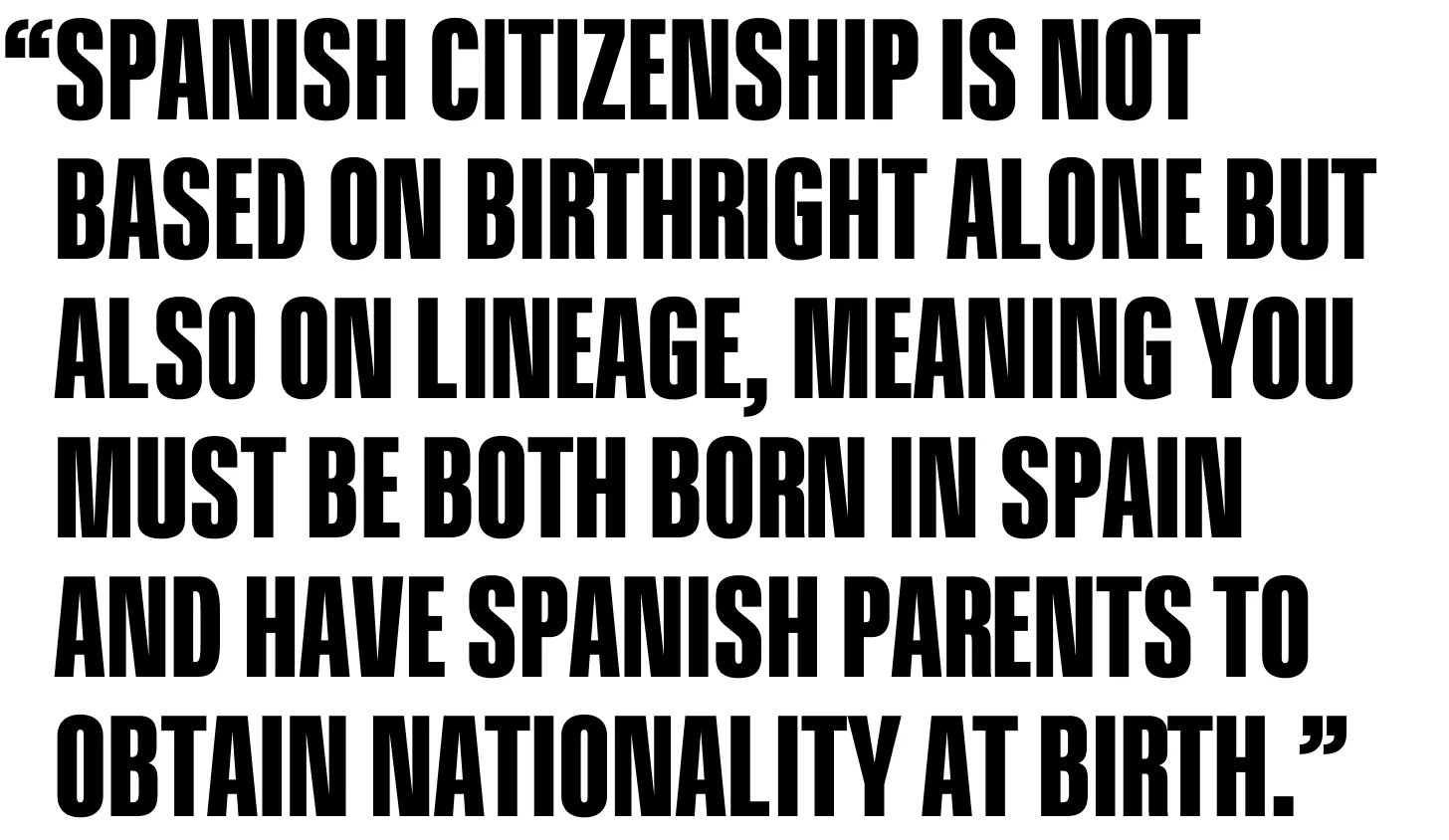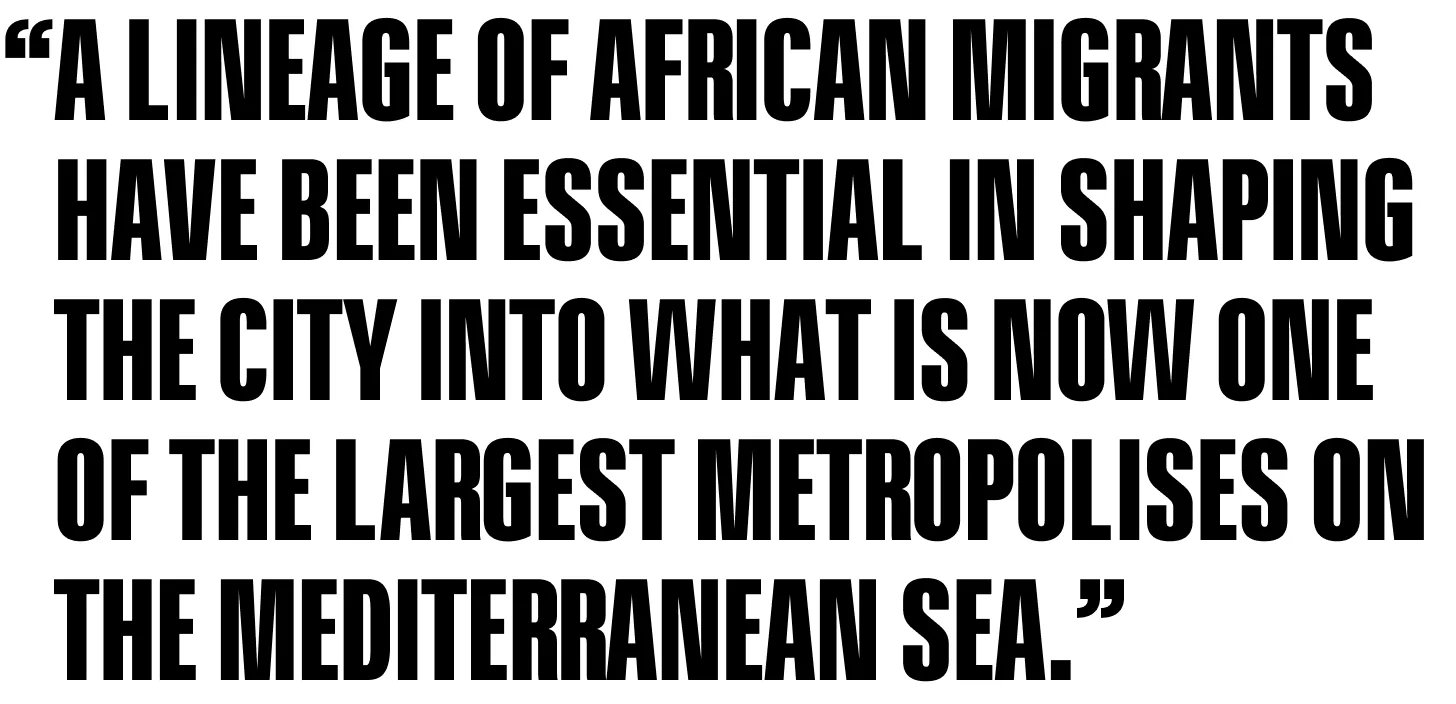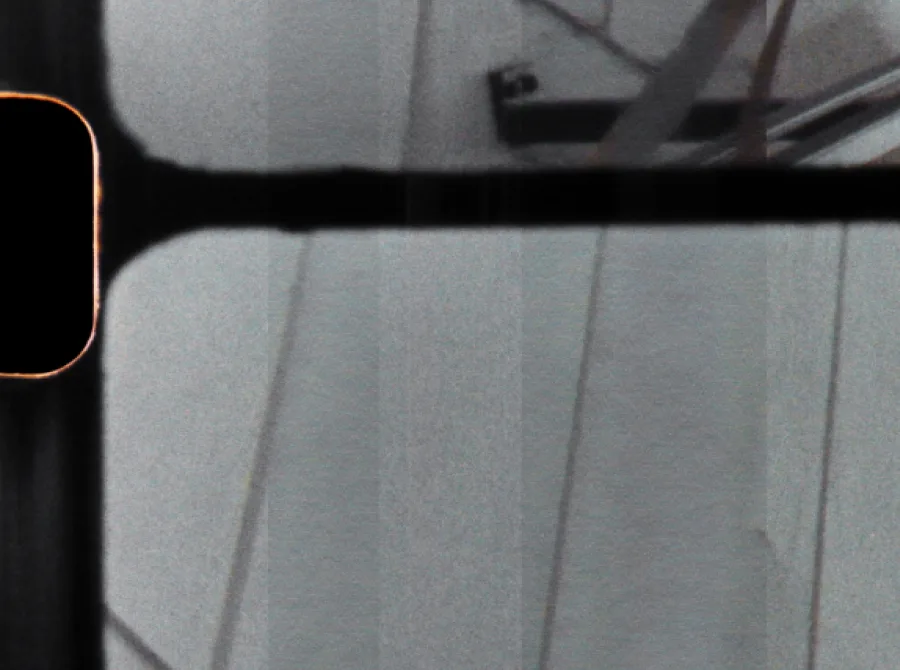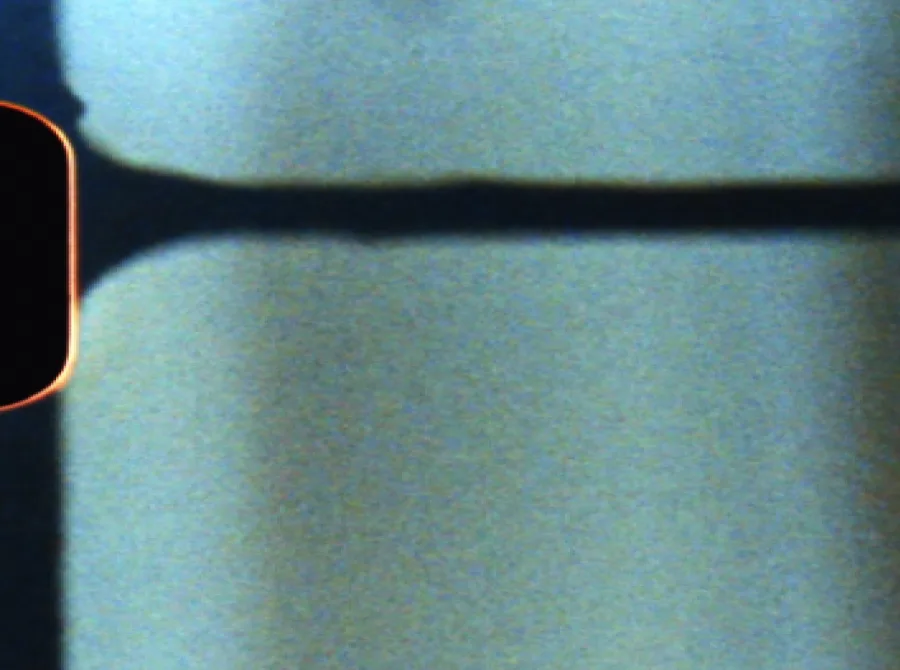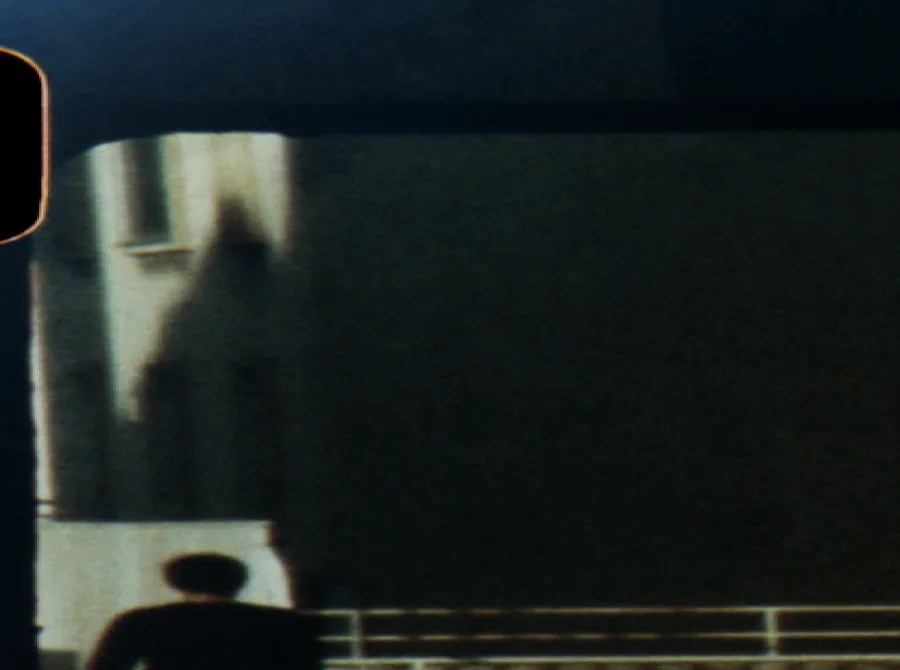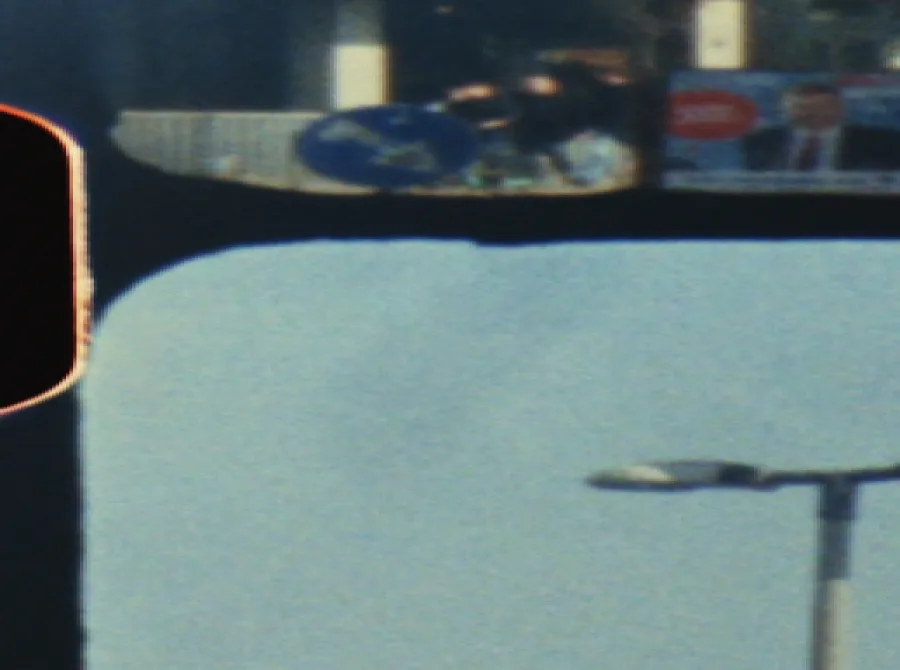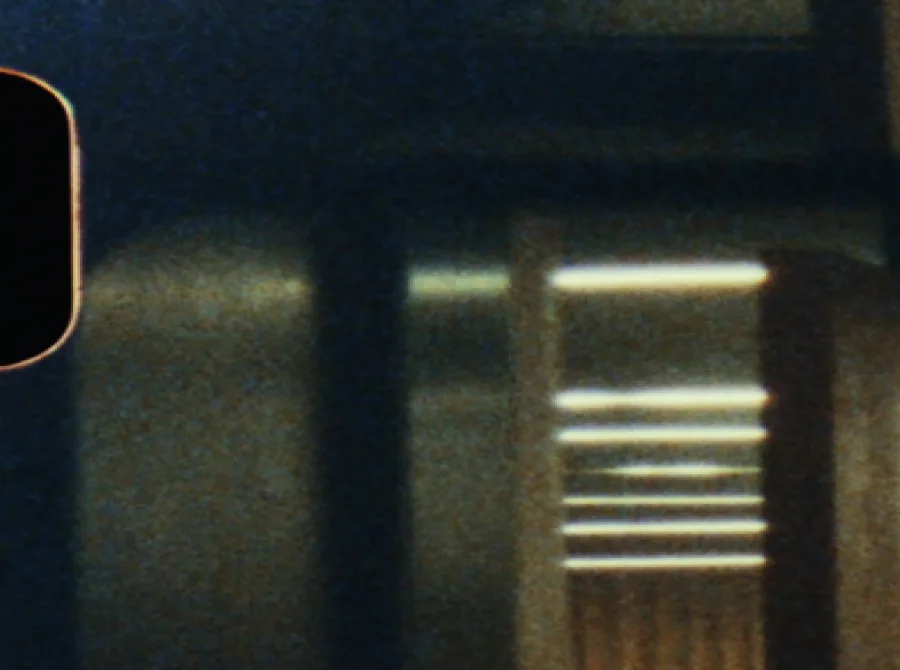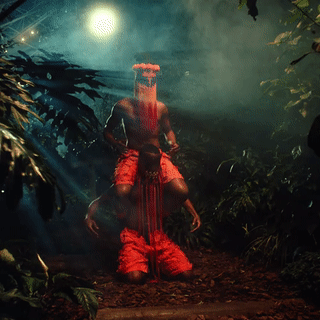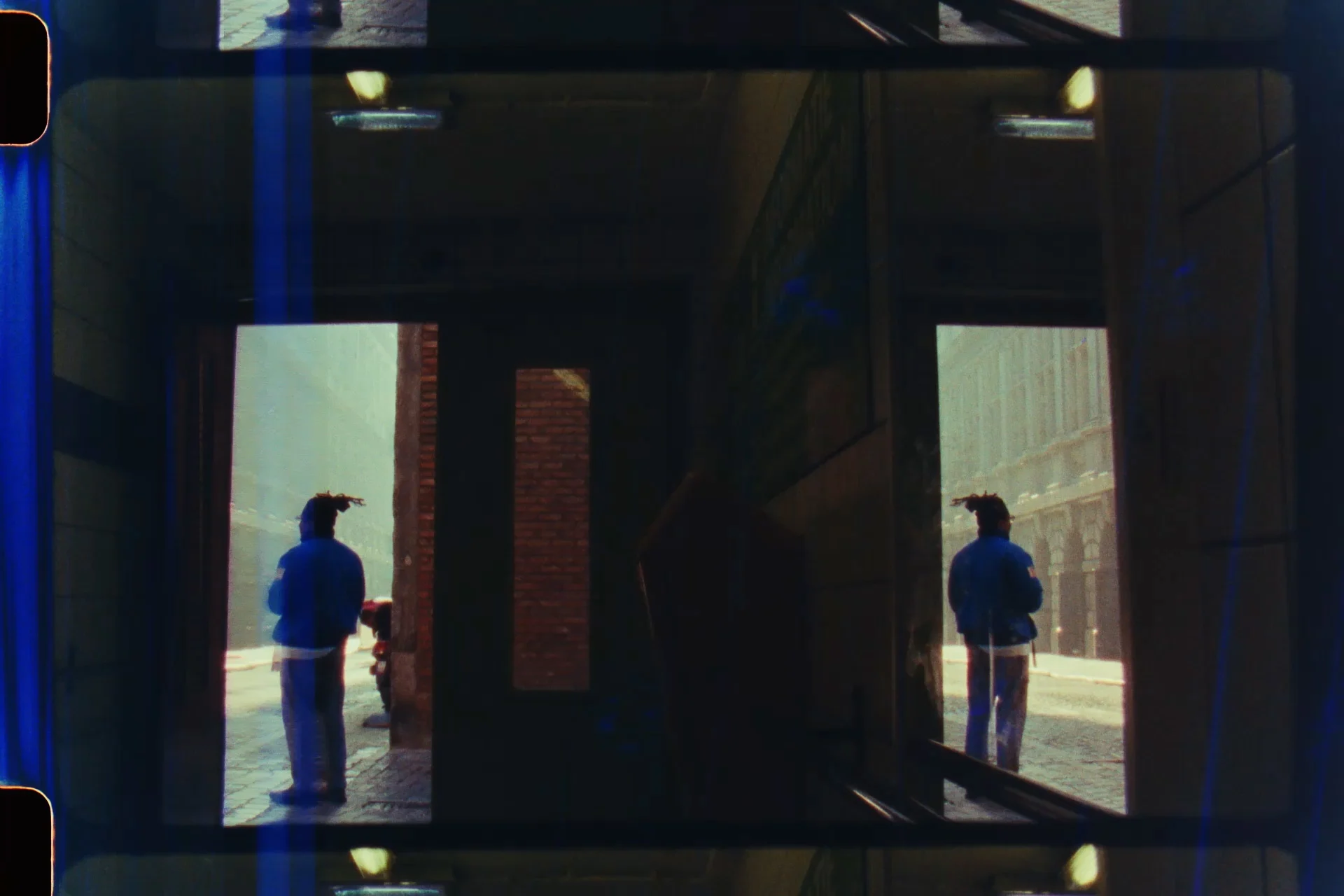
WePresent has partnered with the Barbican to co-commission Sierra Leonean artist Julianknxx's new multimedia film installation “Chorus in Rememory of Flight.” For this piece of work, the artist traveled around Europe, exploring largely untold stories of Black and African diasporic realities and collaborating with local musicians and choirs. The project will be on show in The Curve gallery at the Barbican, London from 14 September 2023 to 11 February 2024.
In this part of his European journey, Julianknxx traveled to Barcelona. Writer Ethel-Ruth Tawe explores Barcelona in this chapter.
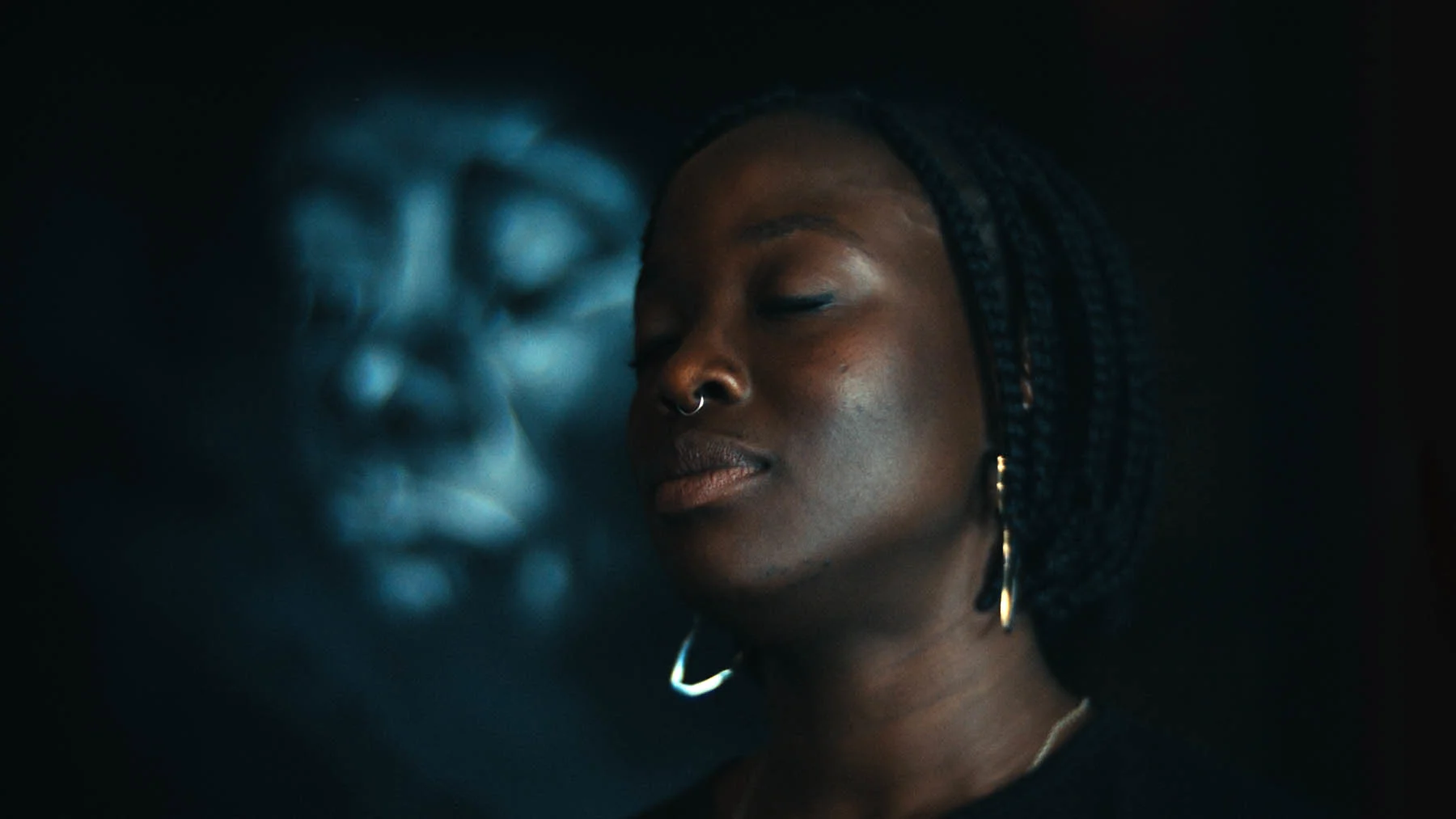

“The chorus is a complex and delicate balancing act…It depends on an intricate coordination of individual voices, dancers, or performers that blend together without erasing its individual members. It holds together and coheres through the mutual support of its participants.”
— Tina Campt, in “A Black Gaze: Artists Changing How We See” (2022)
One October evening on a rooftop in Dakar, Senegal, I witnessed a collective veneration of the life and lineage of an elder on her birthday milestone. As is common practice, a local griot and his quartet of talking-drummers had been invited to mark the occasion. In Senegalese Wolof the griot is known as guéwéél, a storyteller and embodied library of family histories. He’s accompanied by the tama, an hourglass-shaped talking drum which is held under the armpit and struck with a stick to mimic the tonality of indigenous languages and aquatic sounds. I watched the performers in awe as they chanted tributes, eulogies for ancestors, genealogies, songs and proclamations; an oral tradition we would call praise poetry in English. The whole ceremony was a circular moment for me, quite literally in the arc we formed around her to offer affirmations but also a return to a practice I hadn’t experienced since I was a young girl in Cameroon. Despite being in Wolof, these 30 minutes or so back in 2016 transcended language and time in a way that left an imprint on my memory.

Across the Mediterranean sea, in a city that has become home to many Senegalese communities, Barcelona struggles to reconcile its history and relationship to Blackness. Barcelona’s port, established during Roman rule, expanded and morphed with each transfer of empirical power from the Moors, to the Carolingians and the Catalans. The 2 million plus Spanish people of African descent today have been an indistinguishable part of the population for centuries, most notably stemming from the Moorish occupation. Describing this period, historian Basil Davidson famously stated: “There were no lands at that time more admired by its neighbors, or more comfortable to live in, than a rich African civilization which took shape in Spain.” Despite having ambiguous usage, the term “moor” initially referred to a group of North African Muslims who established a prosperous economic center on the Iberian Peninsula, where the arts and sciences flourished. The term became more widely applied to people with dark skin across Europe and beyond.

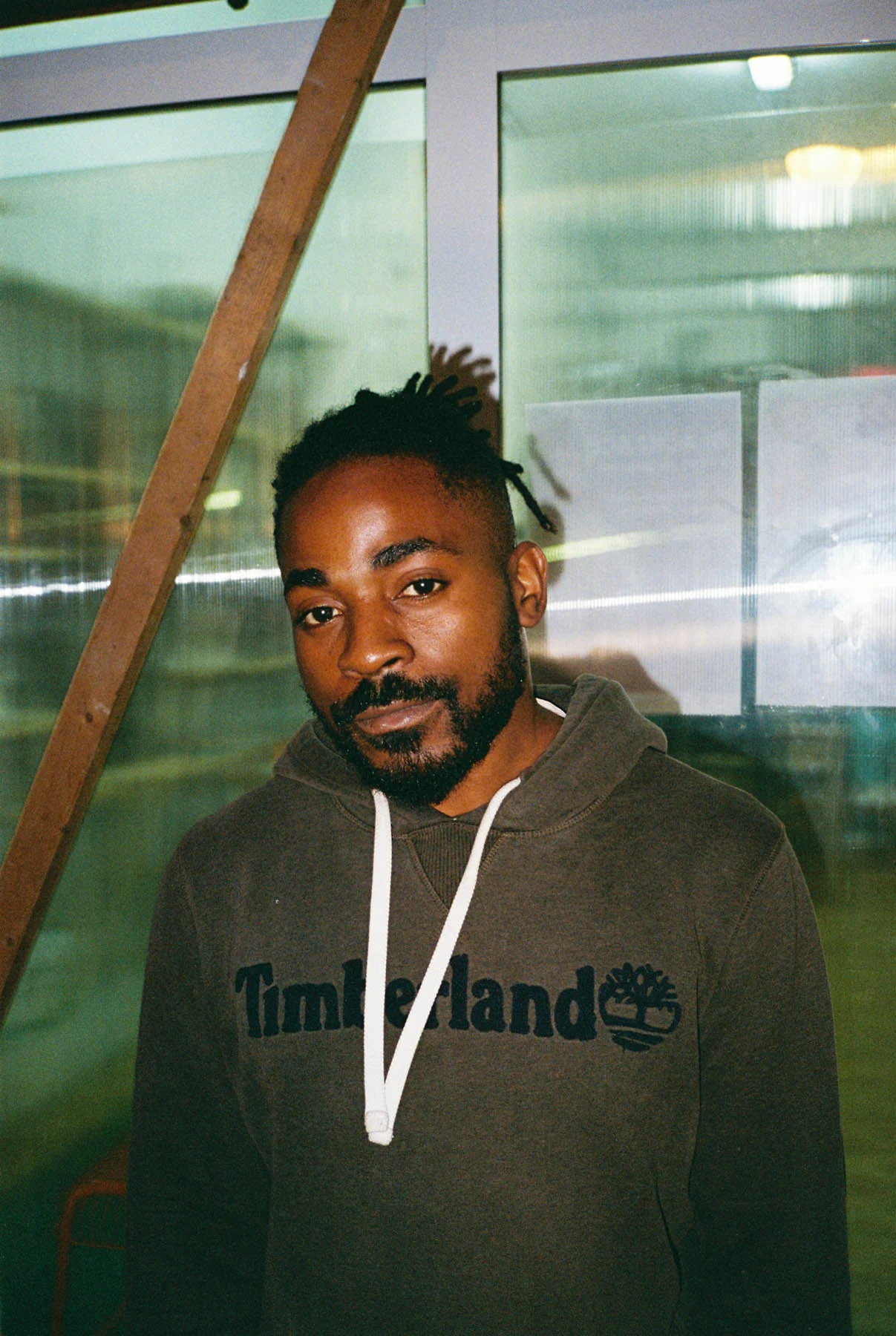

Learning this, I couldn’t help but question how the Spanish term “negro” was adopted into the English language with derogatory meaning. While exchanging our experiences and thoughts on this at Julianknxx’s London studio, a group of us went back and forth about varying levels of discomfort with how and when the term is used in Spanish today. The etymology of “negro” simply translates to the color “black”, but its racist application emerged from early days of the transatlantic slave trade, pioneered by the Spanish and Portuguese who built the foundation of the industry.

The height of Spain’s outward migration dates back to these colonial explorations. In the postcolonial era however, migration patterns began to reverse, and unlike many European nations, African immigrants coming to Spain were increasingly not from former colonies, but places like Senegal, Gambia and Cape Verde. Although Spanish colonialism tends to be examined within South America, the last colony to gain independence from Spain was Equatorial Guinea in 1968. During the colonial period Barcelona was a second home to Equatoguinean bourgeois families, and a post-independence brutal dictatorship in Equatorial Guinea made Barcelona a refuge for its citizens once again.
So, what does it mean today to be Black in a place that weaponizes its laws and language against you, despite a long-standing presence? Barcelona hosts a significant population of both documented and undocumented African migrants who often operate in the informal economies. The undocumented demographic is heavily composed of street vendors, known as “manteros”, many of whom are from Senegal and have been targeted by police and legal systems, manipulated in order to make them “disappear”. Spanish citizenship is not based on birthright alone but also on lineage, meaning you must be both born in Spain and have Spanish parents to obtain nationality at birth. A denial of racism looms over the city, a haunting reminder of the multiple powers at play.



The native population of Barcelona has faced its own tenuous relationship with the Spanish state, as the capital of the autonomous region of Catalonia which has its own Catalan language. The region acts as a gateway into the rest of Europe from the Iberian Peninsula, and has a history of independence struggles, trade and migration. Even within this diversity, African migrant communities in Barcelona continue to seek better opportunities but are faced with the difficulties of integration within an already politically tense region. To me, the city’s melting pot of languages and contested histories reveal a sort of opacity: a cross-pollination of cultures which oppose monolithic categories and embraces aspects of identity that are difficult to grasp.

Language, spiritual practices, music and dance are methods that can be used to capture Iberian Blackness in its rich fullness and poetically honor its lineage. In Barcelona today this can be seen in projects like the Voodoo Club, which sets out to revive the creative spirit of post-independence Africa. The Voodoo Club draws inspiration from pioneering African photographers such as Malick Sidibe and Seydou Keita, as well as the Negritude movement. The club hosts a popular club night in Barcelona, billed as an alternative African rave experience showcasing a range of sounds from 70s Afro-funk to afrobeat and afro-house. Dubbing itself the “New Kalakuta”, it strives to echo the cultural fusion, social politics and electric essence of Fela Kuti’s Kalakuta Republic and Afrika Shrine which emerged in 1970s Lagos, Nigeria. Kalakuta Republic and The Voodoo Club were both founded on a premise of creating independent space for Black joy, to exist in its fullness despite many systemic obstacles.
Across time, such philosophies have fueled a very afro-diasporic history of creolisation: “a mode of cultural transformation undertaken by people from different cultural groups who converge in a colonial territory to which they have not previously belonged.” While the Voodoo Club is an example of a material manifestation, creole languages often convey immaterial values in the overlap of cultures. Their affinity for praise poems for example, hold the records of multiple histories, and are performed as acts of transmission, cultural preservation, social consciousness and entertainment. They’re the basis of poetic understandings of identity and place which Julianknxx explores in his work, often in his native Krio (an English-based Creole language from Sierra Leone). In fact, Sierra Leone derives its name from the Portuguese phrase “Serra Leoa” meaning “Lioness Mountains”, or “Sierra Leona” in Spanish, which later was adapted, misspelled and became the country’s official name.

These hybrid practices and histories of the Black diaspora are sometimes paradoxical and fragmented, making it difficult to trace their origins. This often brings forth a collective longing for “place” or “home” either on existing or imagined territory. Reflecting with my brother and fellow researcher Elisha Tawe, he shares an Edward Said quote that resonates with this sentiment: “We take home and language for granted; they become nature and their underlying assumptions recede into dogma and orthodoxy. The “exile” knows that in a secular and contingent world, homes are always provisional…Exiles cross borders, break barriers of thought and experience.” Tawe adds how Cornel West argues that everything Black people in the West have experienced is filtered through the lens of “exile” and that includes a longing to return to a “promised land.”
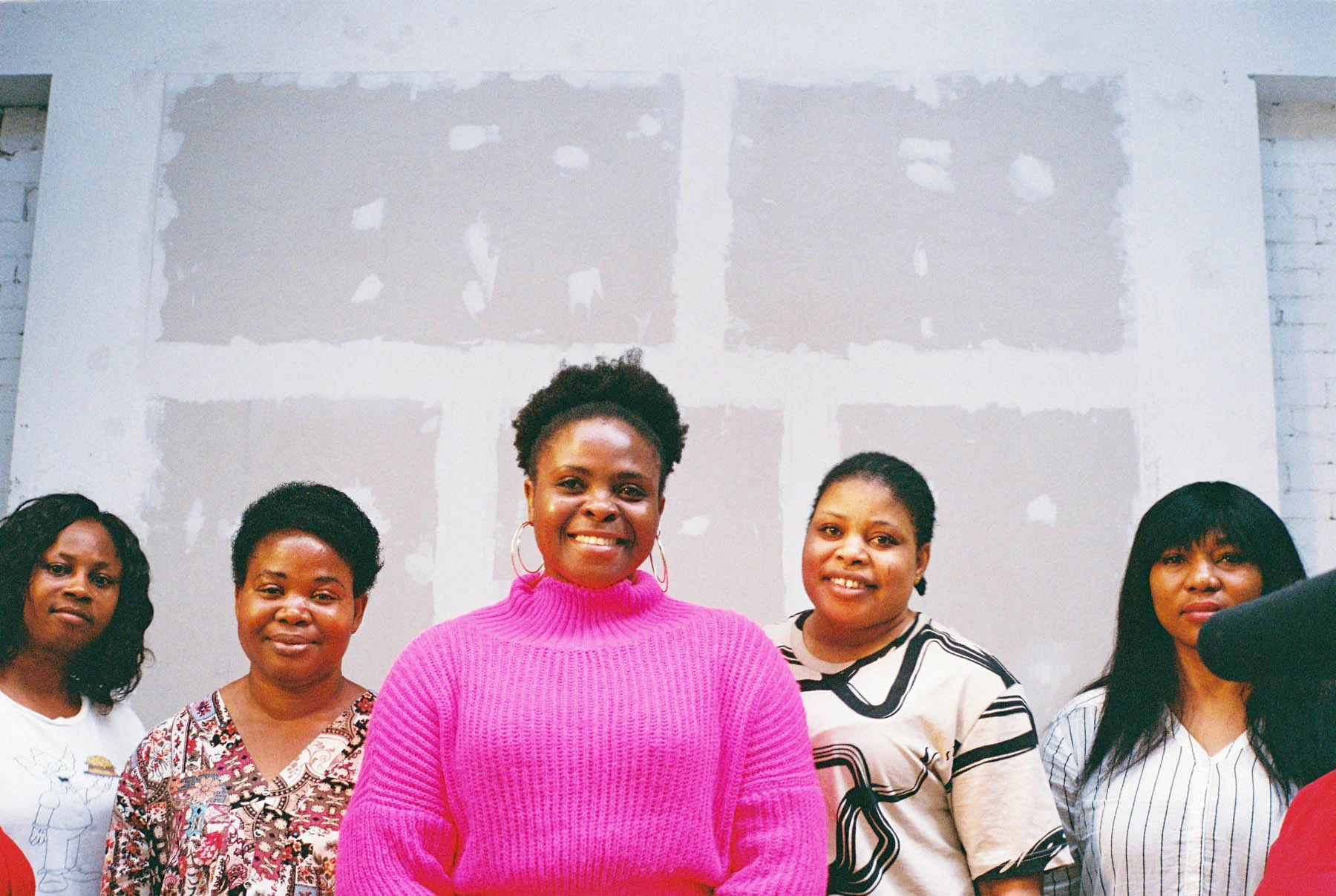
Barcelona is bound by an impressive mountain range and lies between the mouths of two winding deltas, the Besòs River and the Llobregat River, making it an interesting point in the port cities Julianknxx chose to explore. Its landscape illustrates how the city is both literally and figuratively a gateway of cultures and identities in flux. Julianknxx’s film echoes: “we are what’s left of us”, a circular chorus with no clear conductor but a harmony of voices across multiple cities. Much like what I witnessed in Senegal a few years ago, I see this as a collective praise poem recounting tales of fugitive survivals of people and place. Despite the difficulties of tracing Black histories, I’m reminded of the role of language and poetry in shaping our consciousness and honoring plural identities. It’s easy to sometimes forget that we exist in a continuum of ideas and in the case of Barcelona, a lineage of African migrants who have been essential in shaping the city into what is now one of the largest metropolises on the Mediterranean sea.
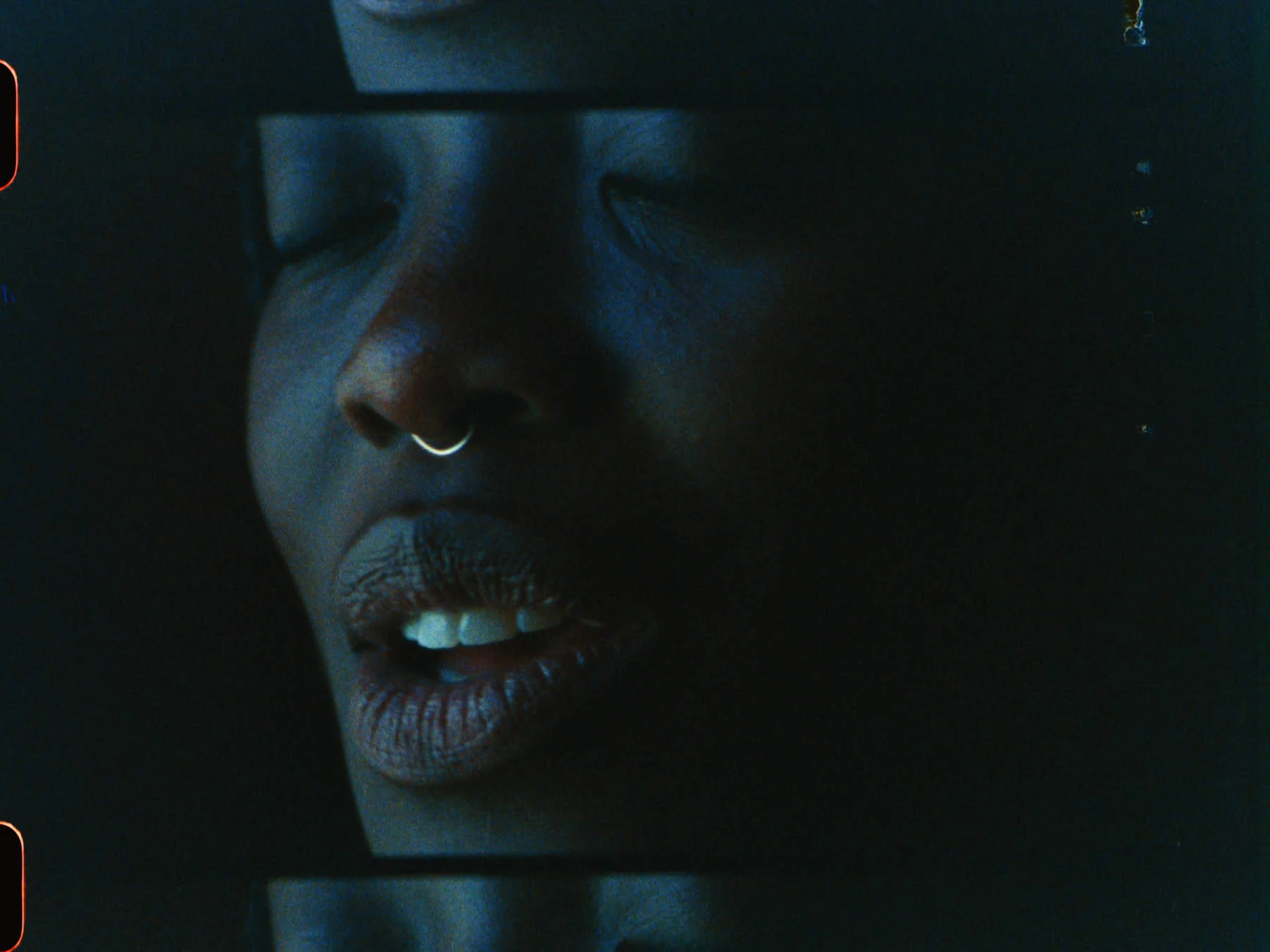
Explore Julianknxx’s experiences in the seven cities he visited to make “Chorus in Rememory of Flight”

“Chorus in Rememory of Flight” has been co-commissioned by the Barbican and WePresent by WeTransfer in partnership with Calouste Gulbenkian Foundation and with support from De Singel.


